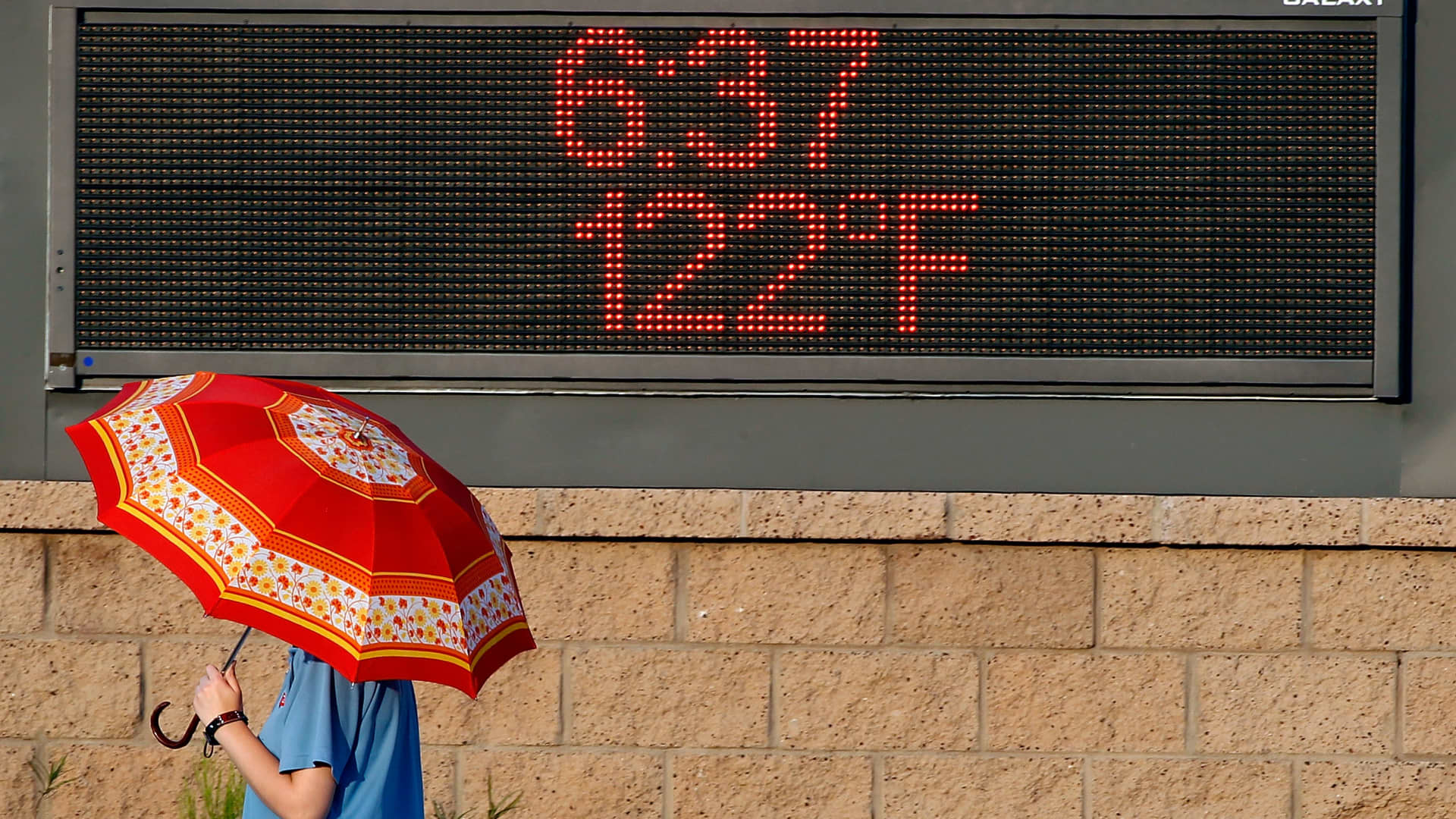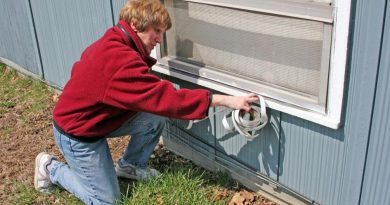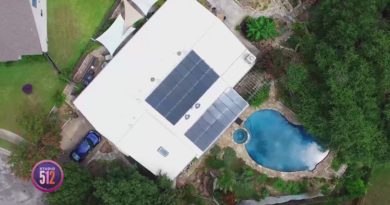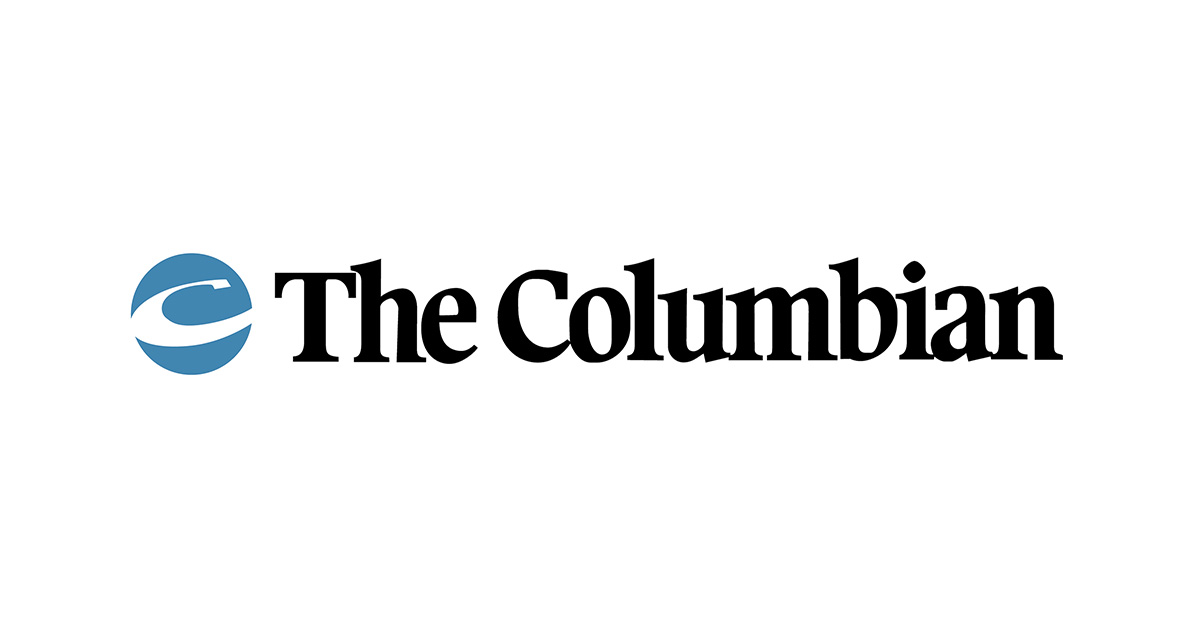As Heat and Utility Bills Rise, Expensive Electricity Becomes Health Risk – THE CITY
Energy Disrupter
When it’s hot out, soaring electric bills can pose a health risk.
Some New Yorkers are reluctant to use their air conditioners when the city starts to bake because of electricity costs — which have been high and might just get more expensive.
Valerii Makarouchko of Astoria, Queens, didn’t turn on the single air conditioning unit installed in the one-bedroom apartment he shares with his wife on Tuesday, when temperatures reached over 90 degrees.
“We have to be very prudent and cautious when it comes to turning on the air conditioner,” he said. “We have to squeeze our budgets to stay within our means.”
Makarouchko, who is in his late 50s, works for a logistics company, and has seen his income cut in half since the pandemic began. Each week he’s never sure how many hours he’ll work. He’s anticipating having to make sacrifices to pay for the increased electricity costs he’ll incur when he runs his air conditioning this summer.
In recent summers, when his electricity bills swelled to two to three times as much as in winter, Makarouchko said he has cut the family’s food budget, foregoing meat and dairy to keep costs down and his home habitable. He expects to do the same again this summer as temperatures climb.
“We have to choose what to buy, have to choose where to go, overall we have to cut spending. That’s how it works. I’m hoping, hoping, hoping for better times to come,” he said. He added that he and his wife would like to take a vacation to someplace “not too far,” but can’t afford it.
Before resorting to the AC, the couple drinks water and takes cold showers, which helps for a little while.
“When you feel hot, you feel hot. It’s not an issue of being comfortable or not, it’s always an issue of feeling good, healthy,” he said. “Becoming overheated, then obviously we have to turn it on.”
On average each year, 10 New Yorkers die directly from heat, and about 350 New Yorkers die from causes made worse by heat, according to the city. Black, low-income and senior New Yorkers are more likely to be at risk because of linked environmental and health disparities.
Cash Cools
New Yorkers like Makarouchko may feel their budgets tighten this summer, when electricity costs are predicted to be about 12% higher than last summer, according to the Public Service Commission. A residential customer would see those increases — about $12 per month on average — on the supply charge portion of their electric bill, which denotes the cost of the energy itself.
Many customers already faced high electric costs this past winter, a season when bills are typically lower because there’s less demand for electricity. Prices over the past few months have been driven up by volatility in the global energy market thanks to both pandemic stresses and the conflict in Ukraine.
On top of that, household debt to utility companies has skyrocketed to unprecedented levels: Over 386,000 residential Con Ed customers in New York City and Westchester owe nearly $830,000, according to April 2022 figures, the latest available.
And Con Ed is seeking to increase rates by an average of 11% for electric customers (and 18% for gas customers) as part of a plan to make investments in the system.
The proposal, which was first released in January and must first be approved by the PSC, would cover energy efficiency measures, battery and solar projects, new transmission and projects to increase resiliency, such as burying wires beneath the ground.

Air conditioners in Brooklyn, ready for the summer, June 1, 2022.
Ben Fractenberg/THE CITY
If the proposal is approved, those increases would influence a customer’s delivery charge, which is for maintaining the system that transports energy. Con Ed electric customers are already paying about 13% more than they did in 2019 because of a rate hike the PSC approved in January 2020.
The climbing costs are raising alarms for some, especially with sweltering weather on the horizon.
“When we’re hearing Con Ed is doing rate hikes, and when the rates have been going up already, we foresee a disaster this summer, absolutely,” said Sonal Jessel, director of policy at the nonprofit WE ACT for Environmental Justice. “With heat waves getting worse, and the cost of living also being so high, rent insecurity being so high, then you add affordability for an AC and it’s such a bad soup of issues.”
Climate change is leading to longer and more frequent periods of extreme heat waves, the deadliest type of weather event in the United States and New York City. Urban areas, with their abundant pavement and buildings that absorb heat, are hotter than non-urban areas.
Last June, more city residents went to emergency rooms for heat-related illnesses, such as sunstroke, than during the same period for three previous years combined, THE CITY previously reported.
Robbie Parks, an environmental epidemiologist who is a postdoctoral fellow at Columbia University, said unaffordable electric bills “are potentially a major health concern in the summer.”
“At home, higher indoor temperatures without means of cooling can have wide-ranging physical and mental health consequences, and will likely particularly impact the poorest and most vulnerable in society,” he said.
Unhealthy Living Conditions
While trees and “cool roofs” can mitigate rising mercury, the health department points to air conditioning as the best way to stay healthy and safe during heat spells.
Though 91% of households citywide have air conditioners, that varies widely by neighborhood. About 75% of households in the Morrisania and East Tremont areas of The Bronx, for instance, have ACs, compared to over 98% of households in Manhattan’s Greenwich Village and Financial District and Mid Island in Staten Island.
But even among households that possess an air conditioner, not all families can afford to run them.
In fact, between 2010 and 2019, of the 100 or so New Yorkers who died each year in hot homes, more than 80% had no AC available or running.
Efforts to make air conditioning available in homes that lack it must be matched by affordability programs, health experts say.

A hot time on the Coney Island boardwalk in Brooklyn, July 19, 2020.
Peter Senzamici/THE CITY
“As we expand access to air conditioning, we do need to make sure that the grid is prepared and people can actually afford to run their air conditioners because we know this is a major challenge for folks,” said Kathryn Lane, senior environmental epidemiologist at the city Department of Health and Mental Hygiene.
Through the state’s Home Energy Assistance Program, eligible New Yorkers may receive up to $800 to buy an air conditioning unit or fan.
“We would like to see that assistance expand to include some more utility bill coverage to help folks with the cost of air conditioners,” Lane added.
In 2020, as the pandemic shut down New York for its first summer, the city distributed about 73,000 AC units to low-income, older adults and provided a electricity bill credit of about $35 a month for low-income customers. Con Ed still encourages customers to enroll in energy efficiency programs to save money, and the company offers payment assistance programs.
“The best way for customers to manage their bills is to manage their usage,” company spokesperson Jamie McShane said in a statement.
Studies have shown that low-income and non-white New Yorkers are at higher risk of extreme heat-related health impacts, and utility customers of the same demographics tend to spend a higher percentage of their income on energy costs.
Jessel characterized bill subsidies as a “short-term response” to the problem, and called for efficient homes that run on renewable energy.
“It’s communities that are low-income households of color that are impacted the most by all of this,” she said, “so it’s absolutely a matter of racial justice to address this issue.”
Original Source: https://www.thecity.nyc/health/2022/6/1/23151009/heat-electricity-inflation-health















